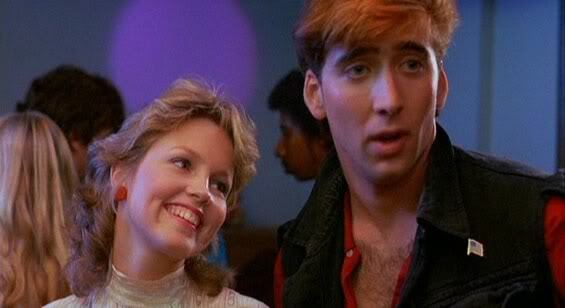This year marks the 30th anniversary of a movie that brought a very particular Southern California phenomenon to the rest of the world: The Valley Girl.
In the 1983 film, “Valley Girl," Nicolas Cage stars as a bad boy from the rough streets of Hollywood who falls in love with a San Fernando Valley princess, played by Deborah Foreman.
There’s been talk of a musical remake of “Valley Girl” and its star-crossed Southern California lovers, set to the New Wave hits that made up the original film’s rich soundtrack.
While the "Valley Girl" of the '80s became a cultural phenomenon, the Valley itself is a unique part of the country. Kevin Roderick, editor of LA Observed and the author of “The San Fernando Valley: America’s Suburb," tells us about the evolution of this influential region of Southern California.
Interview Highlights:
On the early days of the San Fernando Valley:
"The San Fernando Valley is 'that place' over the hill from Los Angeles, in a lot of people's minds, but you know a million and a half people live in the valley. It has been attracting people who come looking for the American Dream for decades, since before WWII, the San Fernando Valley has a been a destination location for people."
On the image of the Valley being a suburban wonderland:
"It's a big chunk of Los Angeles, almost 3o percent of the city's area, and over a million people, there's some diversity there between economic levels at one end of the Valley. The movie, and the song that really spawned the whole cultural phenomenon, 'Valley Girl,' by Moon Unit Zappa, the daughter of Frank Zappa, was centered around the Sherman Oak's Galleria. The teenagers there like teenagers lots of places had an affected speech. It just sort of took off because so many people in Hollywood and the recording industry live in the San Fernando Valley, and when something happens in the Valley usually it gets noticed."
On how the Valley is now viewed as more affordable than other parts in LA:
"In some ways that's always been true. It's been a mix, the Valley was first settled as ranches and was a place where you could go and buy 10- or 20-acre ranches, and it kinda got that image of being an affluent place. Ever since the end of WWII it has been a place for the masses to go out and sink their little flag in the American Dream of suburbia. But what's different in the Valley, the prices vary, you can buy a house at any level, but you can usually get more land there than you can anywhere else in Los Angeles."
On the Valley's role in the birth of Mall Culture:
"The first big indoor mall [in Southern California] was Topanga Plaza out in Canoga Park, and it came in the middle of the Baby Boom, when it seemed like a gazillion teenagers were around looking for something to do. The malls provided refuge from the heat, a place where you could gather and see kids from other schools other than your own and of course you could do some shopping. I think the mall, as they popped up just became the surrogate community centers for people in lots of places and lots of suburbs but it was really pronounced in the Valley."



